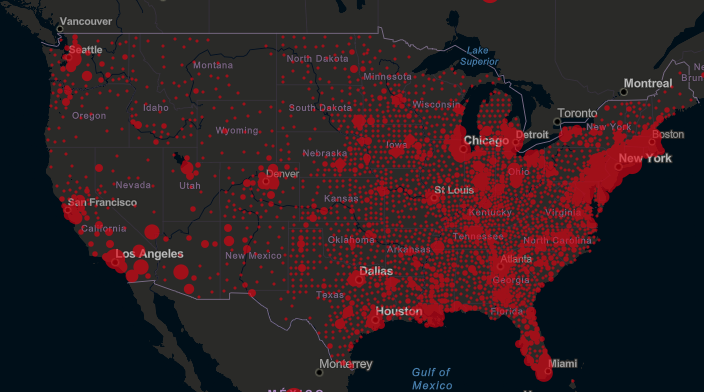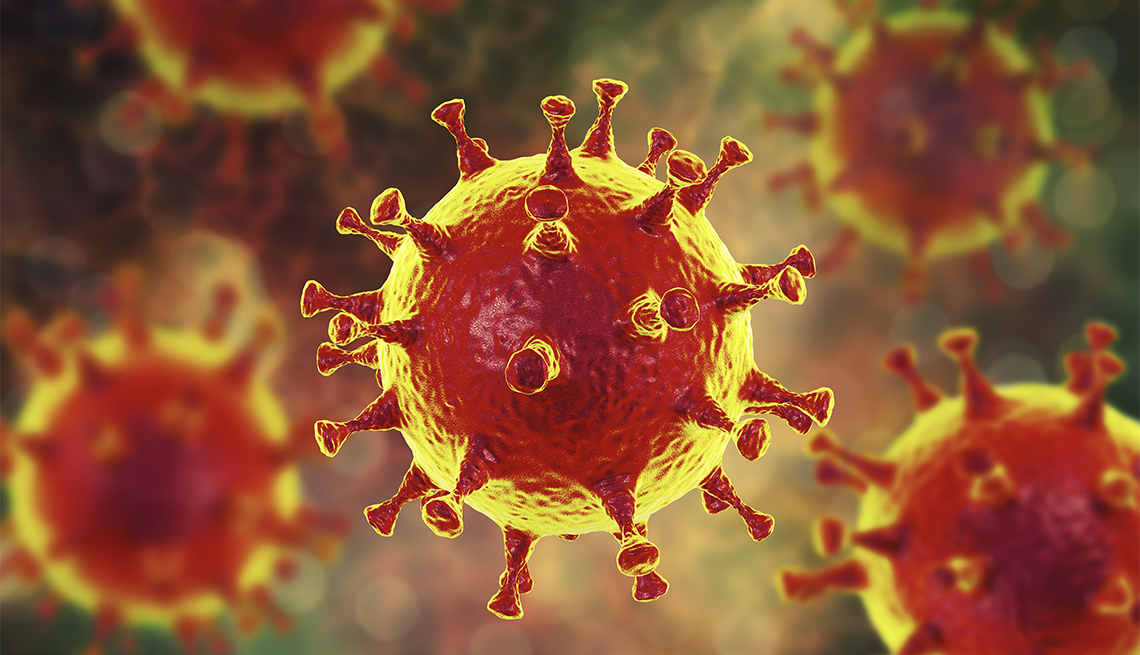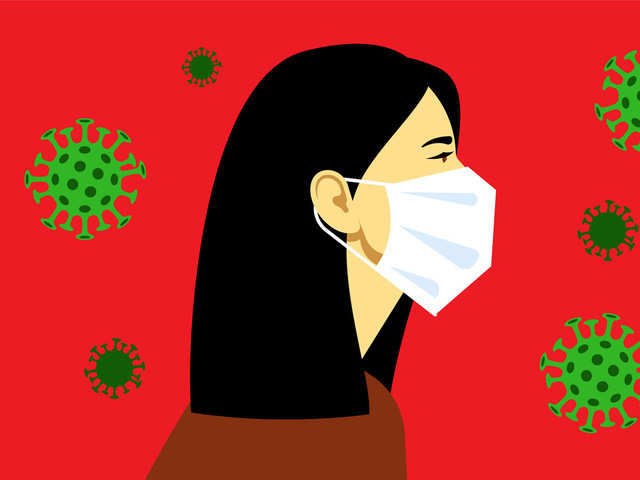CORONA CASES IN USA-JULY 5
Last updated: June 08, 2020, 08:54 GMT
Corona virus Cases:
2,935,993
Deaths:
132,318
Recovered:
1,260,619
More than 2,935,993 people in the United States have been infected with the corona virus and at least 132,318 have died, according to a New York Times database. This map shows where the number of new cases is rising and where it is staying in the last 14 days.
Mayor Bill de Blasio said New York City is within parameters regarding its Covid-19 data to proceed as planned with their phase one reopening on Monday.
The statewide thresholds to enter phase one include having less than 200 people admitted to hospitals per day, to have under 375 intensive care unit patients across the city, and to have less than 15% of city residents testing positive for Covid-19.
As of Sunday, NYC hospitals have admitted 72 people due to Covid-19, 324 people remain in ICUs, and 4% of the city is currently testing positive for Covid-19, de Blasio said.
As tens of thousands of people defied lock down restrictions to protest George Floyd's death on Saturday, the number of corona virus deaths in the United States surpassed 110,000 Saturday, according to NBC News' accounting of virus data.
The nation has seen 2,935,993 cases and 132,318 deaths related to the COVID-19 pandemic, according to the data. The global death toll crossed 533,948 according to John Hopkins University statistics.
Elsewhere India reported 675,453 total cases Sunday in another biggest single-day spike and has now surpassed Spain as the fifth hardest-hit by the pandemic with 297,625 confirmed cases and 28,385 fatalities.
Fears continue to mount over the growing number of cases in Latin America, particularly Brazil where almost 1,578,376 cases have been recorded and over 64,365 people have died, according to John Hopkins University data.
Voter disapproval of Donald Trump’s handling of the George Floyd protests and the Covid-19 pandemic, plus the accompanying economic meltdown, have undoubtedly hurt the president’s re-election chances.
But it’s unclear whether the damage is fatal. Could Trump, despite everything, still stage a comeback and beat the Democratic nominee, Joe Biden?
Things are looking bad for Trump right now. His job approval rating has dipped sharply in recent days. Based on an average of 12 polls taken since 25 May the day Floyd was killed, it stands at about 43%, with 54% disapproving.
Trump’s loyalist “base” is said to comprise 25-30% of voters. The remainder of the 46% who backed him in 2016 will not necessarily do so again. There are signs that key voter groups are less committed – or more fiercely opposed.
A recent survey of white Christian evangelicals showed a 15% drop in support for Trump support. Among white Catholics, it dropped by 27%.Many white suburban women deserted the Republicans in the 2018 mid-terms.
This group may be further alienated by the health crisis, economic uncertainty, and Trump’s divisiveness.
Older voters suffering the brunt of the pandemic are said to feel abandoned while the electorate as whole is getting younger. And for the first time, a third of eligible voters are non-white.
Revived fury over racial injustice may galvanism the black vote – a crucial 12.5% of the electorate – against the president. In 2016, black turnout declined for the first time in 20 years.
Biden’s appeal among African-Americans, demonstrated in the primaries, could reverse that trend and provide winning margins in swing states. Among all voters, Biden’s current lead is 11%.
Yet Trump has been written off before. He has the advantage of incumbency and an enormous war chest. He plays dirty. By autumn, the economy may have revived, and the pandemic subsided. And gaffe-prone Biden carries much baggage.
The protests may have scared as many Middle America voters as they energized. Nobody knows how Trump’s Nixonian appeals to the “silent majority” and “law and order” will play in Peoria.












